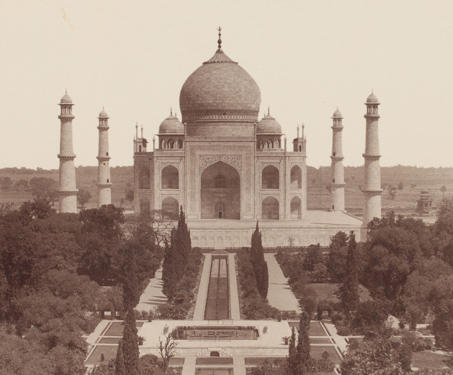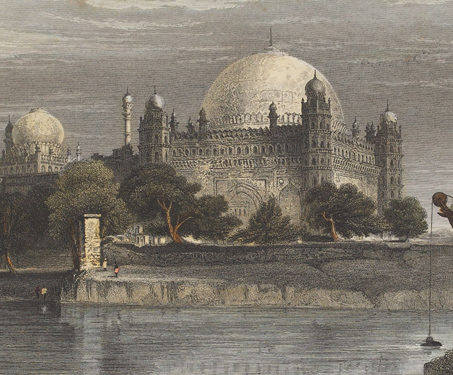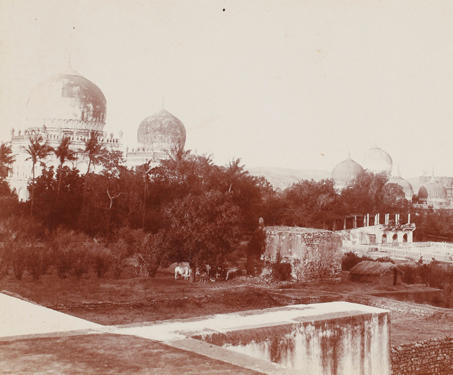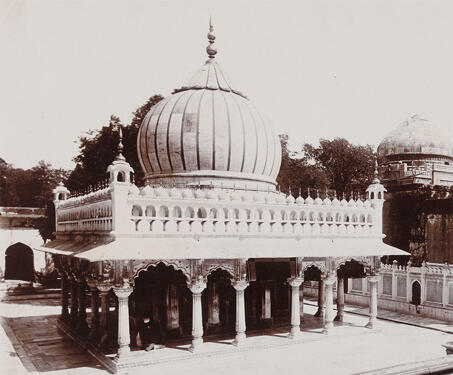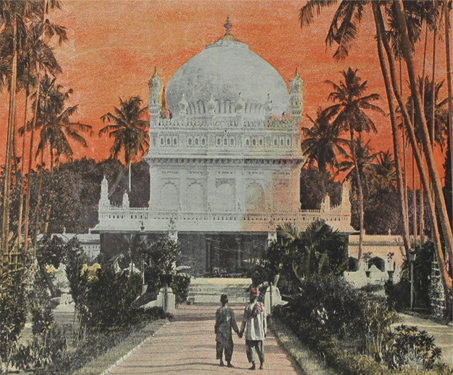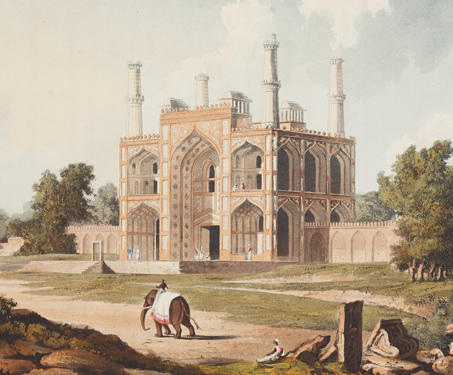

Grand Gateway and Tomb of the Emperor Acber at Sekandra (Akbar’s Tomb, Sikandra)
This is an early 19th century coloured aquatint illustrating the gateway of Mughal emperor Akbar‘s (1542-1605) tomb. It was published in ‘A Picturesque Tour Along the Rivers Ganges and Jumna in India’ by Charles Ramus Forrest (1750-1827). Forrest was an infantry officer in India from 1802 to 1827 and was an amateur artist. The drawings… Read more »

